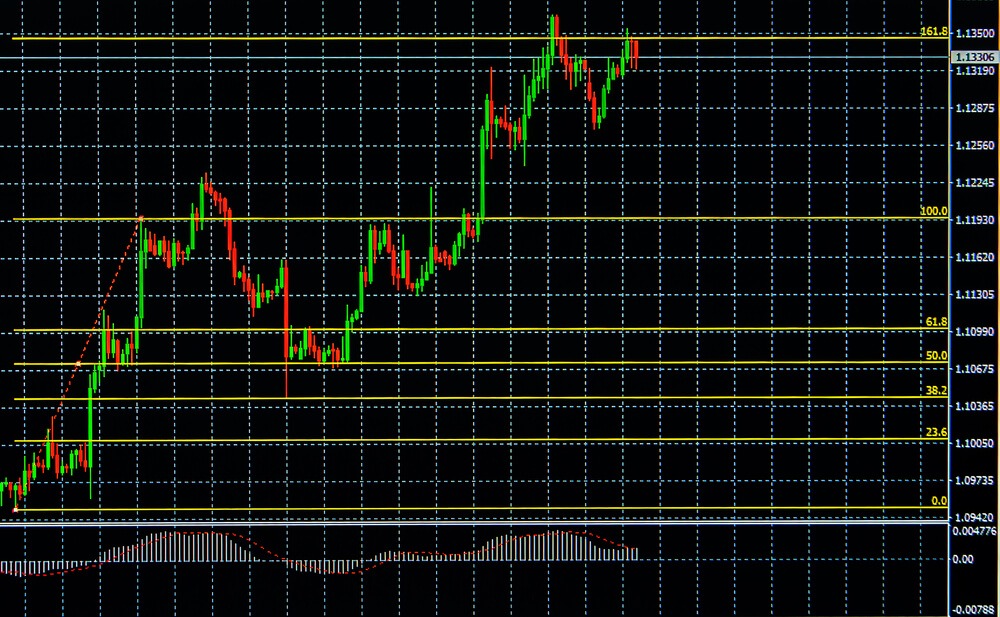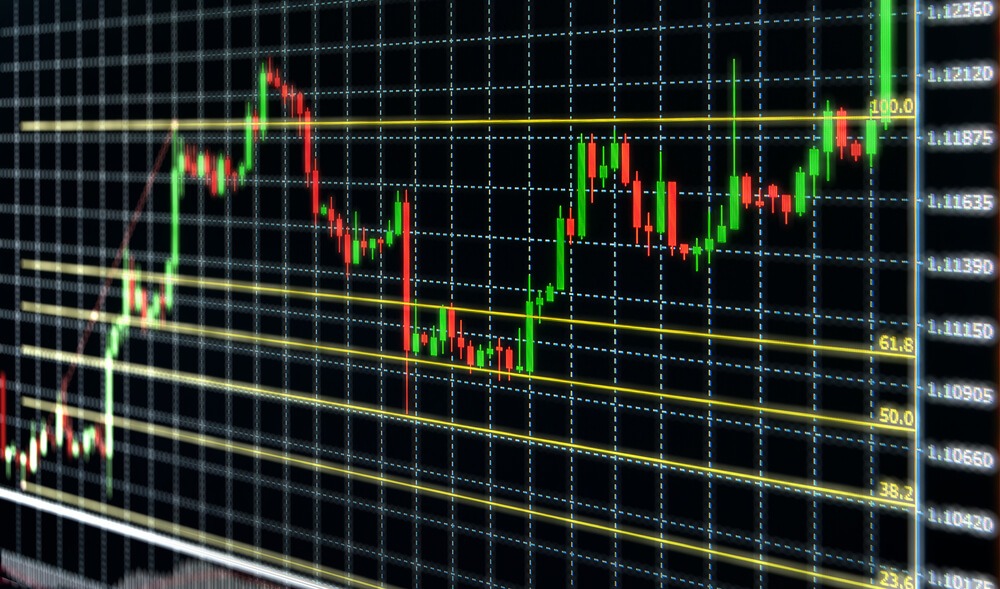Get to Know the Fibonacci Trading – Learn From Professionals
Key Takeaways:
- Dive into the fundamentals of Fibonacci trading, learning from seasoned professionals about the series and its significance, including its association with Leonardo Pisano and the Da Vinci code.
- Explore the Fibonacci retracement, a widely adopted tool among technical analysts, rooted in the sequence and its mathematical underpinnings.
- Delve into the mathematical significance of Fibonacci numbers, including their role in representing the golden ratio and their intricate connection to the Hindu-Arabic numeral system.
- Discover how its retracement levels can offer insights into potential reversal points in market trends, particularly during their early stages, aiding traders in making informed decisions.
- Learn how to utilize Fibonacci retracement levels effectively in trading strategies while also understanding their limitations and the need for subjective interpretation in connecting price points and identifying entry areas.
Have you ever wanted to learn how to do the famous Fibonacci trading? To learn from true professionals what are Fibonacci series is, learn more about what it has to do with Da Vinci code, Leonardo Pisano, etc.
First, among the myriad indicators used in trading, the Fibonacci sequence stands as a cornerstone. But what exactly does it represent? It’s a question that often piques curiosity. Traders sometimes attribute almost mystical qualities to it, elevating it to a revered status.
Let’s get all the essential information about it, shall we?
What is Fibonacci retracement?
The Fibonacci retracement, a tool widely embraced by technical analysts, originates in the Fibonacci sequence, where each number is the sum of the two preceding numbers.
This sequence, rooted in the groundbreaking work of mathematician Leonardo Fibonacci during the 13th century, reveals a pattern intrinsic to nature and mathematics.
Mathematical Significance:
At the heart of this sequence lies the golden ratio, a proportion revered for its aesthetic and structural significance.
The Fibonacci numbers, intricately tied to the Hindu-Arabic numeral system, serve as the backbone of this sequence, demonstrating a fascinating relationship between numerical patterns and human understanding.
Exploring Fibonacci’s Legacy:
Exploring the history of Leonardo Fibonacci and his revolutionary discoveries provides insight into the profound significance of this numerical phenomenon and its widespread application in modern trading strategies.
Background of Fibonacci Levels
These levels are derived from a number series that Italian mathematician Leonardo of Pisa, also known as Fibonacci, introduced to the West during the 13th century.
The sequence starts with familiar numbers like 0, 1, 1, 2, 3, 5, 8, and 13, and then progresses to more complex figures like 21, 34, 55, 89, and 144, each new number being the sum of the two preceding numbers.
This sequence famously represents pairs of rabbits breeding over time and the propagation of male bees in a hive.
Ratio Relationships:
The sequence continues with each number representing approximately 61.8% of the next number and roughly 38.2% of the following number, while also about 23.6% of the subsequent number.
Fibonacci Retracement Levels:
Subtracting 23.6 from 100 yields 76.4, forming Fibonacci retracement levels of 76.4, 61.8, 38.2, and 23.6. These levels often indicate potential reversal points in a trend, especially during its early stages.
How to Use Fibonacci Retracement Levels

When a stock is trending very sturdily in one direction, the belief is that the retreat will amount to one of the percentages included within its retracement levels: 23.6, 38.2, 61.8, or 76.4.
Meanwhile, some models also include 50 per cent.
Trading Applications:
For example, if a stock soars from $10 to $11, the retreat should likely be in approximately 23 cents, 38 cents, 50 cents, 62 cents, or 76 cents. When a price is going up or down, retracements are commonly seen at higher percentages. This happens early or late in trends.
Utilizing Fibonacci Levels:
If your day trading strategy provides a short-sell signal in that price region, the Fibonacci level helps settle the signal. These particular levels also point out price areas where you should be highly alert for trading prospects.
Subjectivity in Retracement Tools
Using a retracement tool is subjective. There are several price swings during a trading day. This is only for some that will be connecting the same two points. The two points you link may be different from the two points others connect.
To compensate for this, draw retracement levels on all significant price waves, noting where there is a collection of the levels. This may indicate a price area of high importance.
Retracement Cautions

Fibonacci levels will not always identify exact market turning points. They make available an estimated entry area but not an exact entry point.
There is no assurance that the price will stop and reverse at a particular Fibonacci level.
The trend may be questioned if the price repeats 100 per cent of the last price wave. If you use this tool on very small price moves, it may offer little understanding.
The levels will be so close together that almost every price level appears important. Its retracements provide some areas of curiosity to watch on pullbacks.
They can validate if you get a trade signal at that particular level. Traders don’t need to use them.
What is the alternative name for Fibonacci?
Leonardo Fibonacci, renowned for his contributions to mathematics, is also known by various aliases in history, including Leonardo Pisano Bigollo and Leonardo of Pisa.
However, he is commonly referred to simply as Fibonacci. The name “Fibonacci” originates from “filius Bonacci” in Latin, meaning “son of Bonacci,” signifying his lineage. His notable work, “Liber Abaci,” translated as “The Book of Calculations,” remains one of his most celebrated writings.
Conclusions
Play around with Fibonacci retracement levels and put them into your charts. Include them in your trading plan if you find they help your trading. In the long run, Fibonacci is a modest retracement level. These levels are the only characteristic where security could react at a price, but something needs to be firmly established.
















